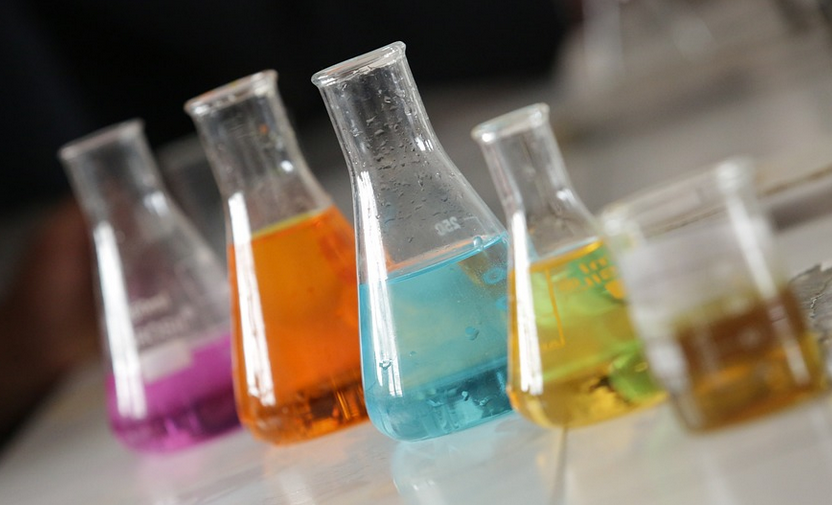Introduction
If you work in the chemical or manufacturing industry, you may have heard of methylene chloride. It is a versatile solvent that is used in various applications, including paint stripping, degreasing, and metal cleaning. However, it is also a hazardous substance that can pose health risks if not handled properly. In this article, we will discuss the molecular formula of methylene chloride and how it relates to its properties and uses.
What is Methylene Chloride?
Methylene chloride, also known as dichloromethane, is a clear, colorless, volatile liquid with a sweet, chloroform-like odor. Its chemical formula is CH2Cl2, which means it is composed of one carbon atom, two hydrogen atoms, and two chlorine atoms. Methylene chloride is a polar solvent, which means it can dissolve both polar and nonpolar compounds. It has a boiling point of 39.6 °C and a melting point of -96.7 °C.
Properties of Methylene Chloride
The molecular formula of methylene chloride gives us some insight into its properties. For example, the two chlorine atoms make methylene chloride a good solvent for polar compounds, such as water. The carbon-hydrogen bonds make it compatible with nonpolar compounds, such as oils and fats. Methylene chloride is also relatively volatile, which means it can evaporate quickly, making it useful for applications where a fast-drying solvent is needed. However, methylene chloride is also a hazardous substance. It is classified as a potential carcinogen and can cause respiratory and neurological effects if inhaled. It can also irritate the skin and eyes upon contact. Therefore, it is important to handle methylene chloride with care and follow proper safety procedures.
Uses of Methylene Chloride
Methylene chloride has many applications in the chemical and manufacturing industry. One of its most common uses is as a paint stripper. It can dissolve many types of paint and varnish, making it an effective way to remove coatings from surfaces such as wood, metal, and plastic. Methylene chloride is also used as a degreasing agent, as it can dissolve oils and grease from metal parts. In addition, methylene chloride is used in the production of pharmaceuticals, plastics, and adhesives. It is also used as a blowing agent in the manufacture of polyurethane foam insulation.
Safety Precautions
As previously mentioned, methylene chloride is a hazardous substance. Therefore, it is important to follow proper safety procedures when handling it. This includes wearing protective equipment such as gloves, goggles, and a respirator, as well as working in a well-ventilated area. It is also important to store methylene chloride in a cool, dry place away from heat sources and open flames.
Environmental Impact
Methylene chloride can have a negative impact on the environment if not handled properly. It is a volatile organic compound (VOC) that can contribute to air pollution. It can also contaminate soil and groundwater if it is not disposed of properly. Therefore, it is important to follow proper disposal procedures and to use methylene chloride only when necessary.
Conclusion
Methylene chloride is a versatile solvent with many applications in the chemical and manufacturing industry. Its molecular formula, CH2Cl2, gives us insight into its properties and uses. However, it is also a hazardous substance that can pose health risks if not handled properly. Therefore, it is important to follow proper safety procedures and to use methylene chloride only when necessary. By doing so, we can ensure that it is used safely and responsibly in the years to come.

